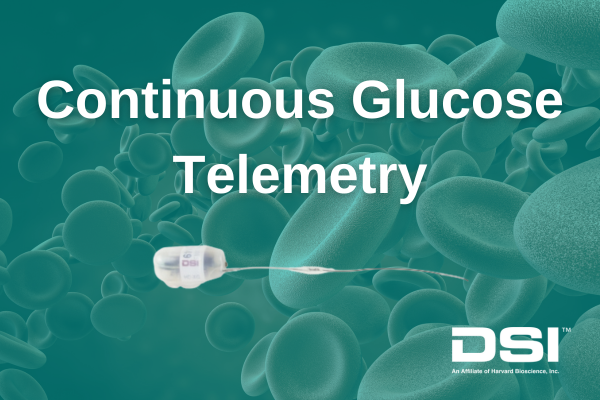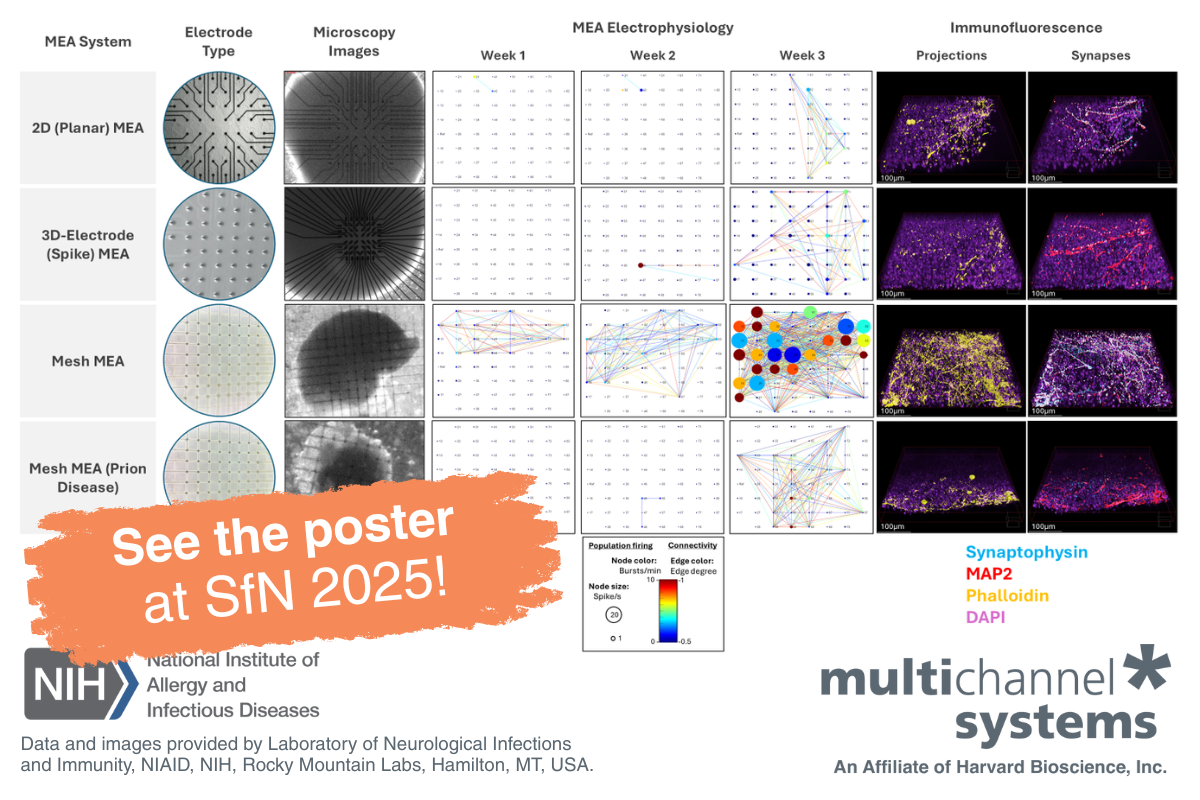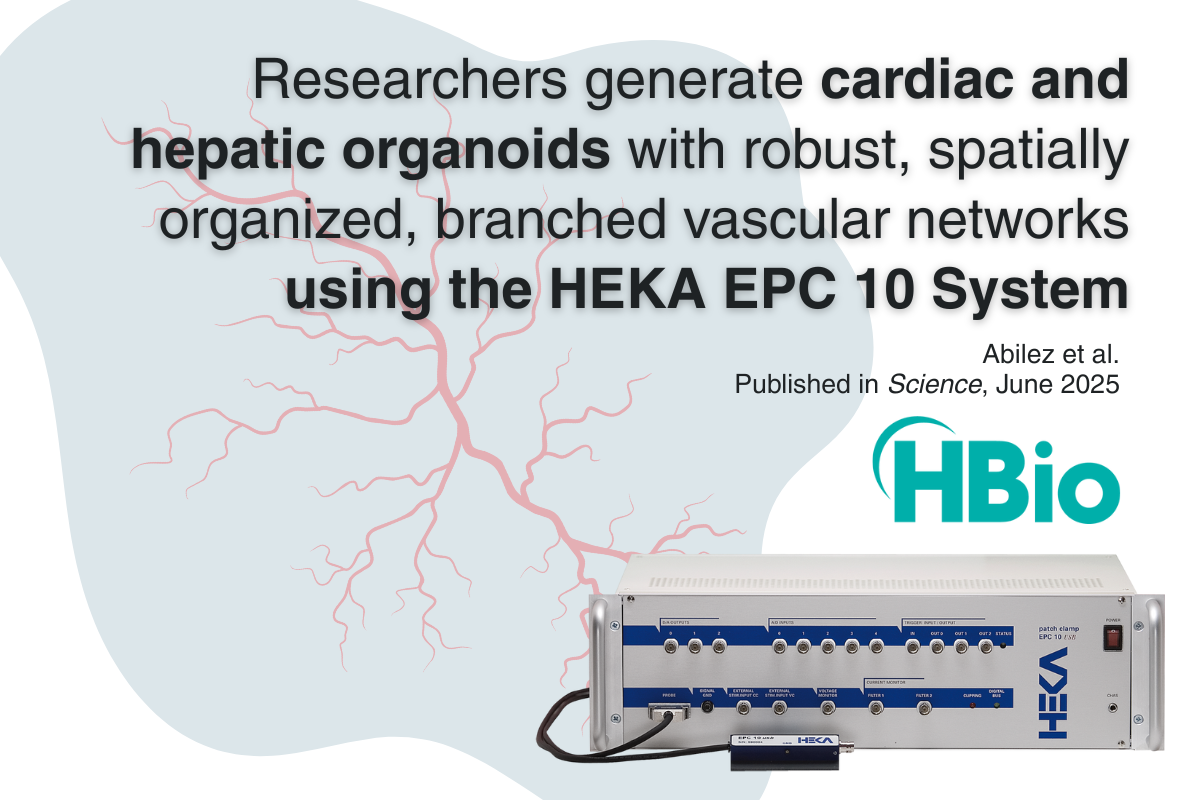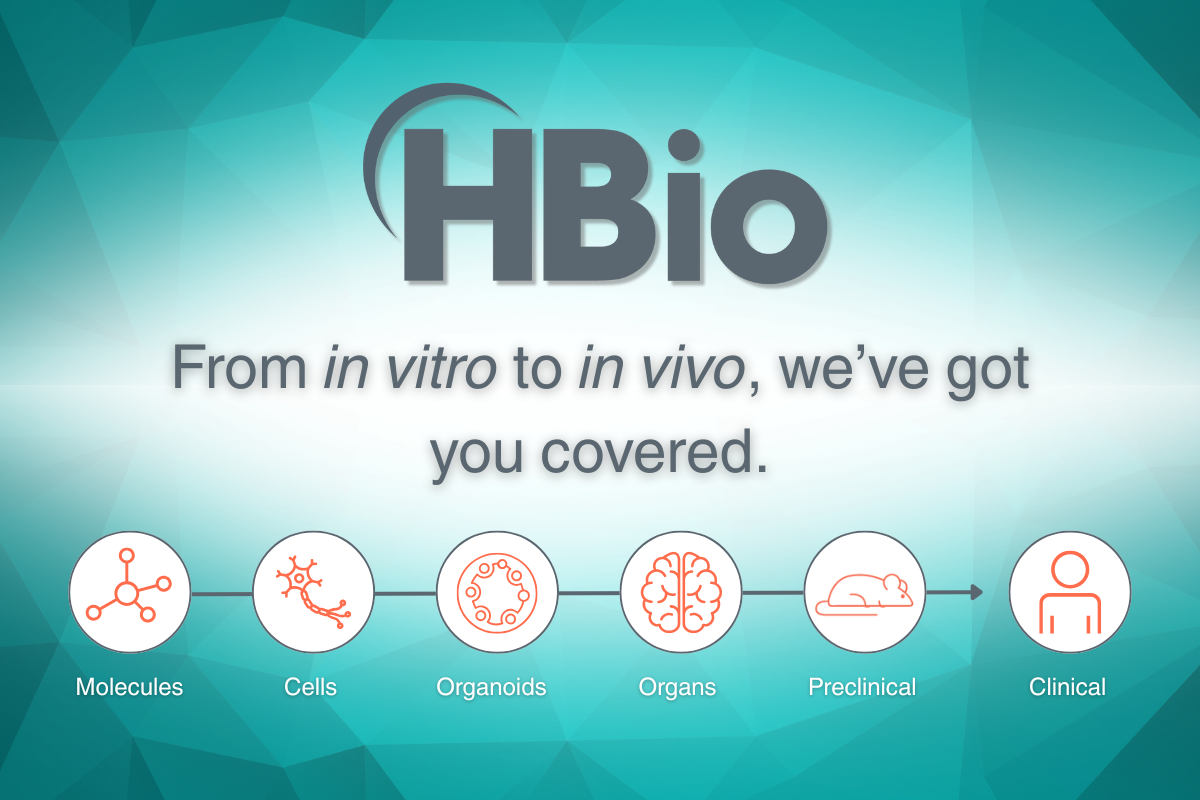
Revolutionizing Diabetes Research: How Continuous Glucose Telemetry is Shaping the Future of Translational Therapies
Revolutionize your diabetes research with DSI’s continuous glucose telemetry system. This innovative technology enables real-time, long-term glucose monitoring in animal models, offering stress-free, comprehensive data collection. By bridging preclinical and clinical research, it supports breakthroughs in glycemic control and translational therapies. Learn how it’s shaping the future of diabetes treatments.
Preclinical diabetes research has come a long way, but with the rising complexity of therapeutic needs, traditional methods are no longer enough. Recent innovations like DSI’s continuous glucose telemetry system are revolutionizing how researchers study diabetes, enabling breakthroughs in translational therapies.
Transforming Diabetes Research with Continuous Glucose Telemetry
Traditional glucose monitoring methods rely on intermittent sampling, which often misses critical data and can induce stress in animal models. DSI’s implantable telemetry systems, designed for mice and rats, address these challenges by providing continuous, real-time glucose monitoring. This technology offers several key advantages:
- Comprehensive Data Capture: The ability to monitor glucose continuously over 28 days reveals subtle fluctuations, such as circadian rhythms or responses to glucose tolerance tests, which traditional spot measurements can miss. This has enabled researchers to refine dosing regimens and better understand glycemic variability.
- Stress-Free Data Collection: Unlike blood draws, which can affect animal welfare and alter physiological responses, telemetry reduces stress by allowing data collection in conscious, freely moving animals.
- Improved Research Efficiency: DSI’s system reduces the number of animals and samples required in studies—up to 68% fewer samples—while providing higher-quality, reproducible data.
Bridging the Gap Between Preclinical and Clinical Research
One of the key challenges in diabetes research is translating findings from animal models to effective human therapies. Traditional methods of glucose monitoring, which rely on intermittent blood sampling, often miss crucial data about glucose fluctuations over time. These methods also induce stress, which can skew results and impact the animal’s physiology.
As mentioned above, this system offers several key advantages for advancing diabetes research, which also support translation of findings to clinical applications. First, the ability to monitor glucose levels longitudinally—across days or weeks—provides a much clearer picture of how therapeutic interventions impact glycemic control over time. This is especially crucial for testing therapies that aim to have long-term effects, such as islet transplantation or gene therapies, which require monitoring of sustained glucose regulation.
Moreover, the high-resolution data provided by the telemetry system enables a more accurate assessment of therapeutic efficacy, whether in testing new drug treatments or understanding how different diabetes interventions work in preclinical models. By allowing researchers to track glucose fluctuations that may be missed in traditional spot measurements, the system helps improve the accuracy and relevance of preclinical studies, making it easier to translate these findings to human therapies.
In addition, DSI’s telemetry system enhances the reliability and reproducibility of diabetes research, which is essential for developing the next generation of diabetes treatments. With less variability in data collection, researchers can better understand the effects of new therapies, optimize dosing regimens, and move more quickly toward clinical trials. Ultimately, this system plays a crucial role in accelerating the development of more effective, long-term solutions for managing diabetes.
Recent Publications Leveraging Continuous Glucose Telemetry
Control of Physiologic Glucose Homeostasis via the Hypothalamic Modulation of Gluconeogenic Substrate Availability
In this study, researchers examined how certain neurons in the brain's hypothalamus (called VMN Cckbr neurons) help maintain blood sugar levels during fasting. They found that activating these neurons boosts the nervous system, which increases fat breakdown and releases energy-storing molecules to prevent low blood sugar. When these neurons were turned off, blood sugar dropped, and fat breakdown was impaired, even though insulin and other hormones remained normal. This shows that these neurons play a key role in keeping blood sugar stable by releasing stored energy when food is scarce.
Transcutaneous auricular vagal nerve stimulation modulates blood glucose in ZDF rats via intestinal melatonin receptors and melatonin secretion
This study looked at how stimulating the vagus nerve through the ear (taVNS) affects blood sugar in rats with type 2 diabetes. Researchers found that taVNS lowered blood sugar and body weight, partly by increasing melatonin levels and activating melatonin receptors in the gut. Interestingly, these effects still occurred even after removing the pineal gland, showing that melatonin from other sources was involved. The findings suggest that taVNS could be a simple, non-invasive way to help manage high blood sugar in type 2 diabetes.
Blood glucose modulation and safety of efferent vagus nerve stimulation in a type 2 diabetic rat model
This study explored the use of abdominal vagus nerve stimulation (eVNS) to reduce blood glucose levels in rats with type 2 diabetes. The results showed that eVNS effectively decreased glycemia in 90% of subjects, with long-term effectiveness observed even after 5 weeks of implantation. The treatment was well-tolerated, with no significant histopathological damage to the nerve. These findings suggest that eVNS could be a promising, biocompatible therapy for managing type 2 diabetes in the future.
Conclusion
In conclusion, DSI’s continuous glucose telemetry system is transforming preclinical diabetes research by providing real-time, long-term glucose monitoring that traditional methods cannot match. This technology addresses key challenges, such as accurate, stress-free data collection and assessing long-term glycemic control, essential for testing new therapies. Recent studies show how the system’s high-resolution data advances our understanding of glucose regulation and therapeutic interventions. By bridging the gap between preclinical and clinical research, it accelerates the development of more effective, sustainable diabetes treatments.
Let’s chat!
Are you looking for solutions to enhance your diabetes research? Contact us today, and our team will connect with you!




